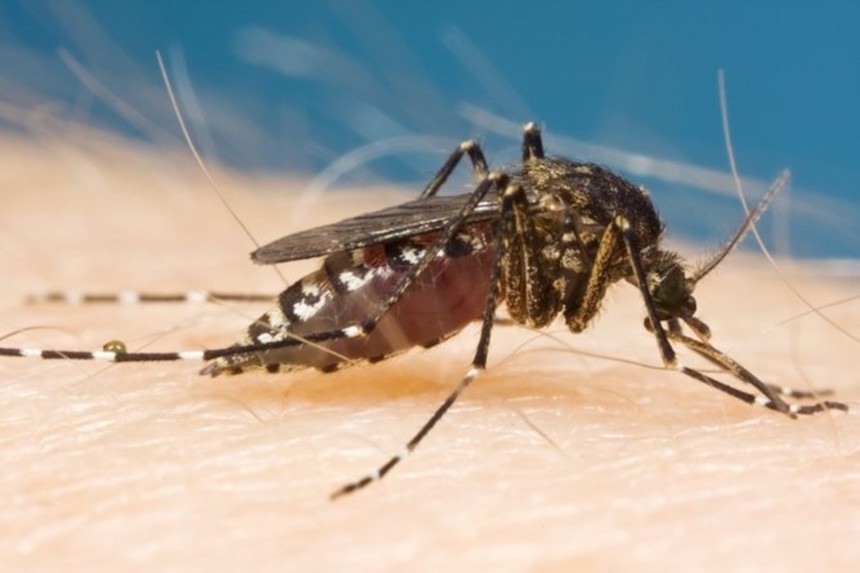
Australia’s Ross River Virus (RRV) could be the next mosquito-borne global epidemic according to a new research study led by the University of Adelaide and The Australian National University.
The virus has been thought to be restricted largely to Australia and Papua New Guinea where it is harbored by marsupial animals, specifically kangaroos and wallabies, and spread by mosquitoes.
The research, published in the International Journal of Infectious Diseases, shows that the virus may have been circulating silently in the South Pacific ever since a large epidemic of more than 500,000 cases in 1979-80, thought to have been started by an infected Australian tourist who travelled to Fiji.
“Ross River Virus is found naturally in Australia, where it was circulating in kangaroos and wallabies long before the arrival of the first Australians over 40,000 years ago,” says one of the project leadersProfessor Phil Weinstein, Professorial Research Fellow with the University of Adelaide’s School of Biological Sciences.
“When humans arrived, first Aboriginal Australians and then Europeans, they were bitten by the same mosquitoes and became infected: they had all of the sore joints, fever, rash, and fatigue that we associate with the disease today. Although RRV has never killed anyone, it can be extremely debilitating for several months, and up to years in a few unlucky individuals.”
Adelaide says that the 1979 epidemic in the Pacific Islands Countries and Territories was the first time that RRV had “escaped” from its marsupial reservoir. But without marsupials, the epidemic burned itself out the following year – or so it was thought.
“The first clues about local transmission in the Pacific Islands came when more recent tourists from New Zealand and Canada who had been to the South Pacific, but not Australia, were diagnosed with RRV when they returned home,” Professor Weinstein says.
In partnership with French collaborators in Tahiti and France, the researchers tested blood samples of American Samoans.
“We were surprised to find that of those who were born after the 1979-1980 epidemic and had lived in American Samoa their whole lives, a massive 63 percent had antibodies to RRV, strongly suggesting local transmission of the virus after 1980,” says Dr. Colleen Lau, NHMRC Research Fellow in ANU’s College of Medicine, Biology and Environment.
“There are no marsupials in American Samoa, so the only reasonable conclusion is that the virus was able to circulate in local mammals rather than marsupials. If RRV can circulate in non-marsupials in the South Pacific, then it can find a home anywhere in the world.
“Isolation of the virus from non-marsupials will provide us with definitive evidence that RRV can become endemic globally.”
Professor Weinstein says: “With the large number of Australians now travelling, it would not be unreasonable to expect one or more tourists to carry RRV overseas to seed a new epidemic. With the right conditions, this could take off globally in exactly the same way that Zika did.”
— Read more in Colleen Lau et al., “New evidence for endemic circulation of Ross River Virus in the Pacific Islands and the potential for emergence,” International Journal of Infectious Diseases (2017) (DOI: 10.1016/j.ijid.2017.01.041)
For more on Public Health, Homeland Security News Wire

